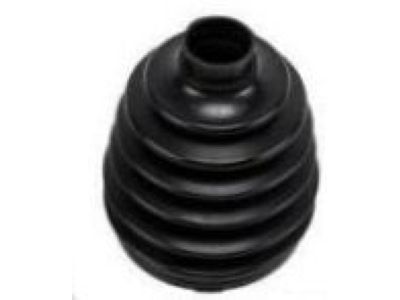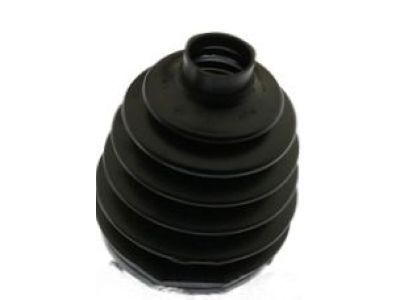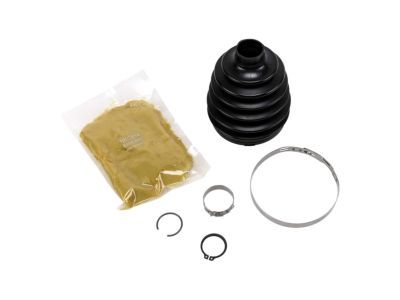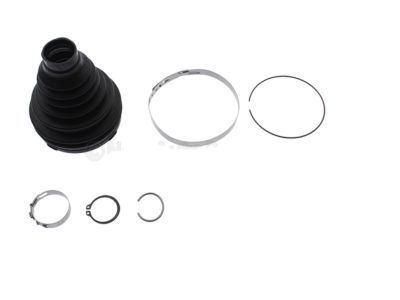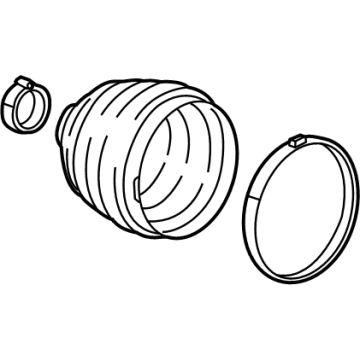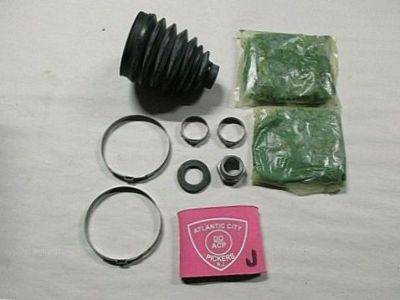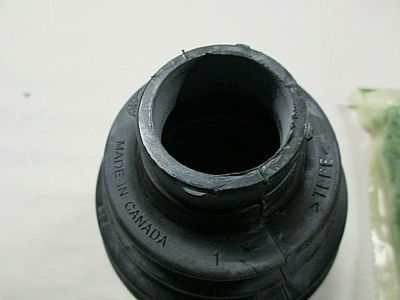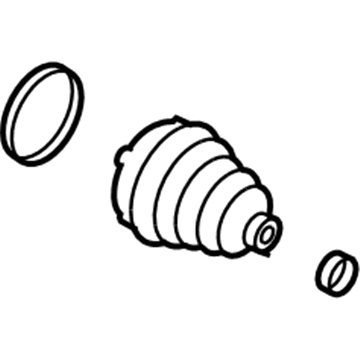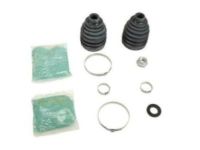
My Garage
My Account
Cart
Genuine GMC Canyon CV Boot
Axle Boot- Select Vehicle by Model
- Select Vehicle by VIN
Select Vehicle by Model
orMake
Model
Year
Select Vehicle by VIN
For the most accurate results, select vehicle by your VIN (Vehicle Identification Number).
6 CV Boots found
GMC Canyon Boot Kit, Front Wheel Drive Shaft Cv Joint
Part Number: 23474674$44.54 MSRP: $73.22You Save: $28.68 (40%)GMC Canyon Boot Kit, Front Wheel Drive Shaft Tri, Pot Joint
Part Number: 23474673$51.05 MSRP: $87.29You Save: $36.24 (42%)Ships in 1-3 Business DaysGMC Canyon BOOT KIT-FRT WHL DRV SHF CV JT
Part Number: 84803128$52.85 MSRP: $87.48You Save: $34.63 (40%)Ships in 1-2 Business DaysGMC Canyon BOOT KIT-FRT WHL DRV SHF CV JT
Part Number: 84803133$68.98 MSRP: $114.18You Save: $45.20 (40%)Ships in 1-2 Business Days
GMC Canyon CV Boot
The CV Boot in GMC Canyon cars is one of those components without which the Constant Velocity (CV) Joint cannot be protected hence ensures the seamless transfer of power from the transaxle to the wheels. There is diverse forms of CV Joints used in Canyon vehicles; they are fixed at the outer part and plunging at the inner part. The CV Boot is to hold lubricant for the joints, to protect them from environmental conditions, which may harm them and eventually make them fail. Having checked the whole structure of the GMC Canyon CV Joint, it is vital to inspect the CV Boot for any damages such as cracks and tears to prolong the efficiency of the CV Boot in providing its function to the vehicle.
Each OEM GMC Canyon CV Boot we offer is competitively priced and comes with the assurance of the manufacturer's warranty for the part. Furthermore, we guarantee the speedy delivery of your orders right to your doorstep. Our hassle-free return policy is also in place for your peace of mind.
GMC Canyon CV Boot Parts Questions & Experts Answers
- Q: Should the CV Boot and Shock Absorber be checked periodically on GMC Canyon?A:The steering and suspension components should be checked periodically, as worn or damaged parts can lead to excessive tire wear, poor ride quality, handling issues, and reduced fuel economy. To check the shock absorbers, park the vehicle on level ground, turn off the engine, and set the parking brake while checking tire pressures. Push down on one corner of the vehicle and release it, noting that it should stop moving and rest level within one or two bounces; if it continues to move or fails to return to its original position, the shock absorber may be worn or weak. Repeat this check at the other corners, then raise the vehicle securely on jack stands. Inspect the shock absorbers for fluid leakage, ensuring any noted fluid is from the shocks, and replace them as a set if leakage is found. Also, check that the shocks are securely mounted and undamaged, replacing them if any damage or wear is observed. For the steering and suspension check, visually inspect components for damage, distortion, and leaks, particularly at the control arm mounting points. Clean the lower end of the steering knuckle and have an assistant move the tire in-and-out to check for movement at the ball joint; any movement indicates the need for replacement. Grasp each front tire to check for play in the steering system, and inspect air suspension components for damage and leaks. For 4WD models, inspect the CV boots for tears, cracks, and loose clamps, as they protect the CV joints from dirt and water; any signs of damage or leaking lubricant necessitate replacement.
